Experienced gardeners are well aware that not all crops can be planted in the beds where strawberries are grown. The fact is that this berry strongly exhausts the soil, pulling out all the nutrients from it. Therefore, it is so important to know what can be planted after strawberries, so that the land not only recovered, but also allowed to get a decent harvest.
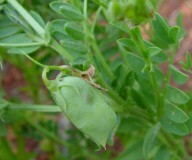 lentils
lentils 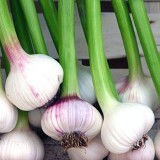 garlic
garlic  daffodils
daffodils Rules for crop rotation
The requirements for the composition of nutrients, structure, looseness, structure and density of the fertile soil layer for each crop are different. Resistant to infections, pests and weeds in each plant species also has its own. On the knowledge of these features, the principles of crop rotation are based, which, due to the alternation of plantings of different cultures, maintain the fertility and microflora of the soil as normal.
Incorrect alternation of plantings leads to the spread of diseases that are harmful to plants and increase the number of pests and weeds. And non-compliance with the rules of crop rotation entails negative consequences for any crops belonging to the same family.
The rules of crop rotation are the same for all plants. The exception is only legumes, which in one place from year to year give a good harvest.
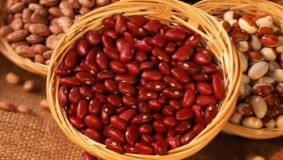 beans
beans 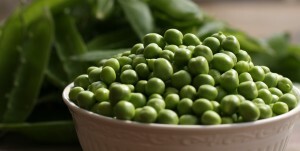 peas
peas 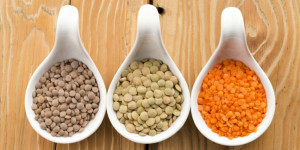 lentils
lentils Some consider it optional to alternate the cultivation of tomatoes and potatoes. However, this opinion is erroneous, since depletion of soil in relation to certain mineral substances in this case can not be avoided even with enhanced fertilizing. For good yield, transplant is required for all plants without exception.
- Following the rules of crop rotation, alternate plantings should be based on what part of the plant is used for food - leaves, roots, berries, fruits. This means that planting after strawberries is best based on root crops, flowers, greens.
- For the Rosaceae family, which include strawberries, raspberries, garden strawberries and some other varieties of plants, the degree of looseness of the soil, as well as the level of potassium, nitrogen, organic fertilizers, trace elements in the soil is of great importance. This means that you can not alternate between them. At this place it is better to plant crops that are undemanding to such conditions and resistant to diseases characteristic of Rosaceae.
- It is also desirable that planted vegetables instead of strawberries have the ability to restore the balance of nitrogen and potassium in the soil.
How to transplant a strawberry
You can receive stably high yields of strawberries in one place for 2-4 years, no more. The fact is that during this period the plant draws practically all the nutrients and microelements necessary to it for normal growth, development, fruiting. If you do not transplant the strawberries to a new location, the yield will drop sharply, the berries crush and become tasteless. 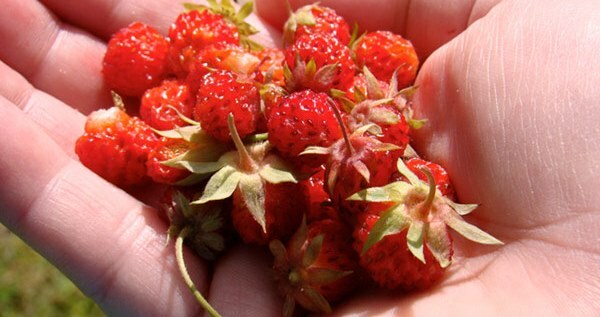
In addition, during the cultivation of a particular crop, viruses, bacteria, infections, pests, fungi, characteristic for this species accumulate in one place in the soil. That is, a transplant is required in order to protect the plant from the negative factors affecting its viability.
- Strawberries are transplanted in autumn.
- The rosettes are dug together with a clod of earth around the root system and neatly moved to a new place, well-fertilized with organic.
- It is possible to transplant to areas of black steam - strawberries like rested soft soil and the next year yields a good harvest.
- Fruitful strawberries are well established on the sites where earlier grain crops( barley, rye, oats), turnips, spinach, carrots, parsley, beans( beans, peas, beans), root crops( radish oil, radish, turnip), corn.
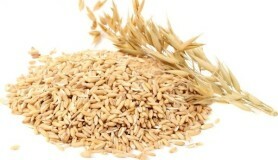 oats
oats 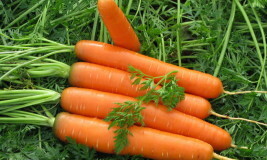 carrots
carrots
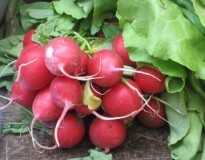 radish
radish 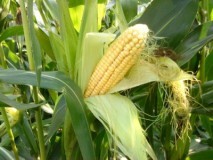 corn
corn
- Bulb flowers - tulips, hyacinths, narcissus, etc. are also considered good precursors of plants of the Rosaceae family.
It is good to improve and enrich the soil with useful elements with the help of siderates, before planting strawberries, the most popular of which are:
- Rapeseed.
- Phacelia.
- Mustard.
- Clover.
- Lupine.
- Vic.
- Buckwheat.
- Lucerne.
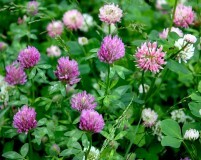 clover
clover 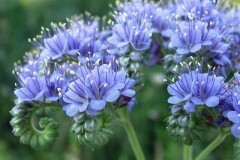 phacelium
phacelium
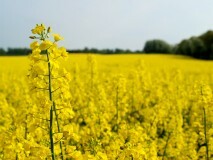 rape
rape 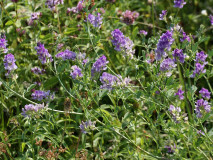 alfalfa
alfalfa
It is undesirable to transplant strawberries to the areas of growing nightshade( potatoes, tomatoes).In turn, tomatoes are not planted after strawberries. It is forbidden to alternate plantings of strawberries with raspberries, dog-rose, hawthorn, since these crops are related.
After the transplant, the old, sick, weak strawberry bushes are burned to the ground in order to prevent the spread of diseases and pests to healthy plants and crops that will take the place of strawberries for the next year.
Weeds are also subject to destruction, from which it was impossible to clean the beds with strawberries during fruiting due to the powerful root system of the plant. Therefore, the area released after the transfer of strawberries is cleared of all weeds, and then digging up the ground into two bayonets of the shovel.
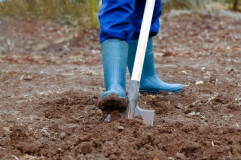 dig the ground
dig the ground 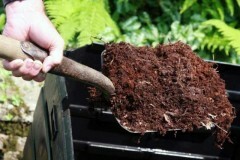 fertilize with humus
fertilize with humus Mandatory crop rotation rule after strawberry provides for the enrichment of the earth with nutrients. To do this, after the strawberry transplant, organic and complex mineral fertilizers contribute to the soil. Clean beds are divided into furrows, fall asleep in every half-baked manure or humus, mineral top dressing. Leave the land alone for a few days, after which they again dig through.
Planting after strawberries
Based on personal experience and knowing the main principles of crop rotation, gardener with experience usually choose root crops or leafy vegetables for planting after strawberries.
Moreover, peas, beans, lentils, beans, other plants of this family not only provide themselves with nitrogen, but also increase the content of this element in the soil on which they grow. In a word, deciding that it is better to plant after a strawberry that consumes a huge amount of nitrogen nutrition, it is preferable to stop the choice of beans. In this case, even on the depleted land, you can get a good harvest of beans, restore the mineral balance of the soil, enrich it with nutrients and prepare for planting other crops.
 beans
beans 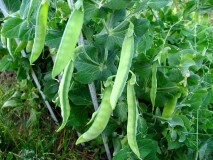 peas
peas Some truck farmers plant zucchini, cucumber after strawberries, pumpkin or other melons. In principle, such planting is possible, but require careful processing and additional fertilization of the site. However, it is better to plant crops that are demanding for nitrogen and potassium in the soil, after the legumes, after a year.
To restore the soil after growing strawberries, you can sow the beds with flowers. Preference in this case give violets, tulips, peonies, narcissuses, but any other will do. However, this variant of alternation of cultures is not so popular, since it can be realized only by those truck farmers whose plot area allows to leave part of the land without vegetable plantings.
 tulips
tulips 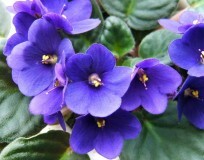 violets
violets  peonies
peonies Usually the ground is not allowed to stand idle and grow on it something that does not require special care, but is useful. For example, greens, lettuce, garlic, onions. The question arises whether it is possible to plant garlic after strawberries and onions on a feather. The answer in this case is positive, as the onions and garlic, known for their antimicrobial and antifungal properties, disinfect the earth from pests, pathogens, bacteria, microorganisms in it.
However, planting onions or garlic after strawberries is possible only if the soil is not severely depleted. In addition, if the choice fell on these crops, they need to be fed regularly. It is also necessary to water plants every two days at a moderate temperature.
As for greenery, leafy vegetables, they can be planted in the aisle of garlic or onions. Neighborliness with parsley, dill, celery is very favorable for these vegetables, as it allows you to get rid of slugs, other pests living in the moist layer of fertile soil.
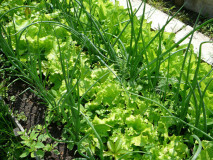 salad in the row spacing
salad in the row spacing 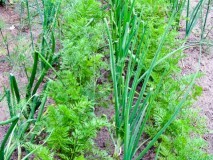 dill in the aisle of the bow
dill in the aisle of the bow By the way, garlic, marigold and parsley can and should be planted in the aisle between strawberries. Garlic and shrubs of marigold will protect the strawberries from pests and diseases, and parsley will scare away from the slug beds, which will help to increase and preserve the harvest of the fragrant sunny berry.
A year later, when the earth rests and recovers, you can plant any strawberries after the strawberry. The only exceptions are raspberries and other representatives of rosaceous, in which pests, diseases common to strawberries, preferences in the composition of nutrient components, and requirements for the structure of the soil. The very same strawberries without reducing yields can be returned to their original place no earlier than 6 years after the transplant.
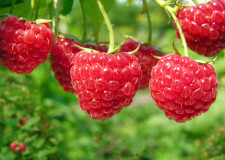 NOT AVAILABLE: raspberry
NOT AVAILABLE: raspberry 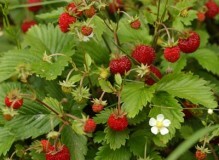 NOT AVAILABLE: strawberry
NOT AVAILABLE: strawberry Surface composting
Spent strawberry beds before planting other crops need to be dug, fertilized, cleared of weeds, loosen soil, etc. All this takes a lot of time and effort. But there is another, easier way to prepare a site for growing vegetables after strawberries. It is called surface composting.
- is over. The bushes are not removed from the beds, the ground is not dug. Instead, the bushes are simply picked up and closed on top by old newspapers, sheets of cardboard, etc.
- Any kind of plant remains - leaves, leaves of fruit trees, weeds that have been weeded out from the garden, grass, are poured onto the paper.
- All this is supplemented, if possible, with half-pereprevshim compost.
- Next, a layer of dried up plants and compost is poured with a liquid bioactive fertilizer, such as "Revival" or "Baikal EM-1", etc.
- The top of the bed is covered with black polyethylene film.
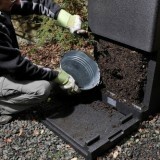 compost
compost  Baikal EM1
Baikal EM1
For several months left before the onset of cold weather, the organics turn into a rich humus nutrient and useful substances. At the same time bushes of spent strawberries and weeds under a dark film burn and die.
The next year the film is not removed from the beds prepared in this way. In it holes are cut through, where they plant beans, seedlings of zucchini, pumpkins, garlic, etc. It is not recommended to plant this place in the first year of Solanaceae( tomatoes, potatoes), which are common to rosaceous pests and are prone to the same diseases. To return the strawberries to the surface composted area, it will be possible in five years. Related Videos:
 6:26
6:26 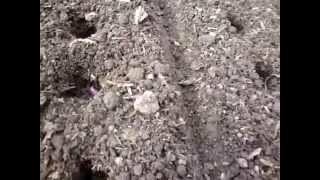 4:08
4:08  26:01
26:01 